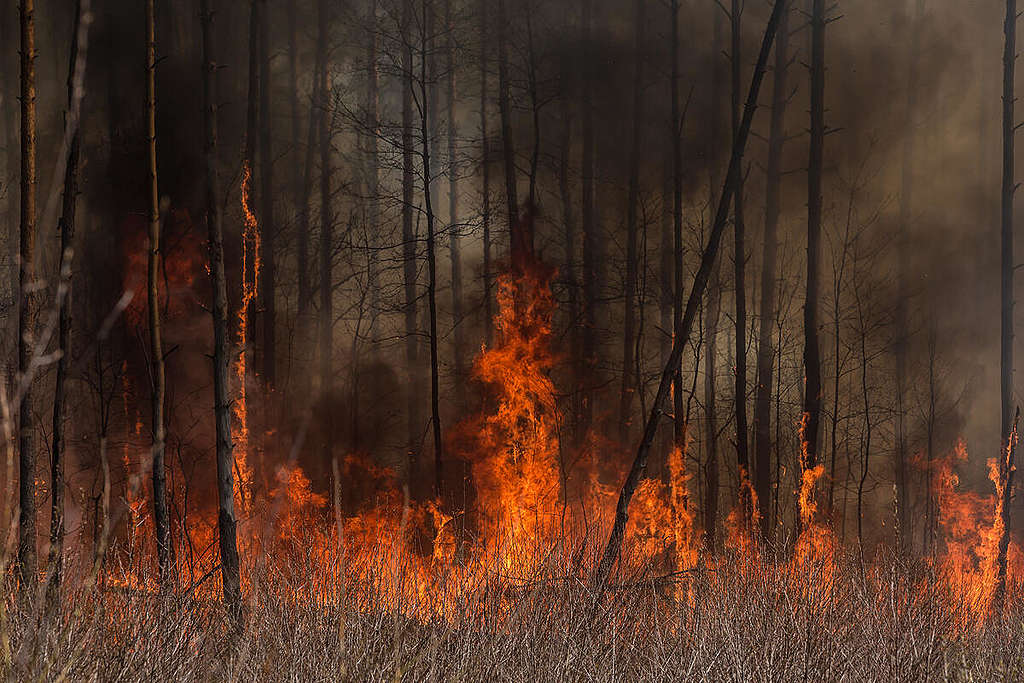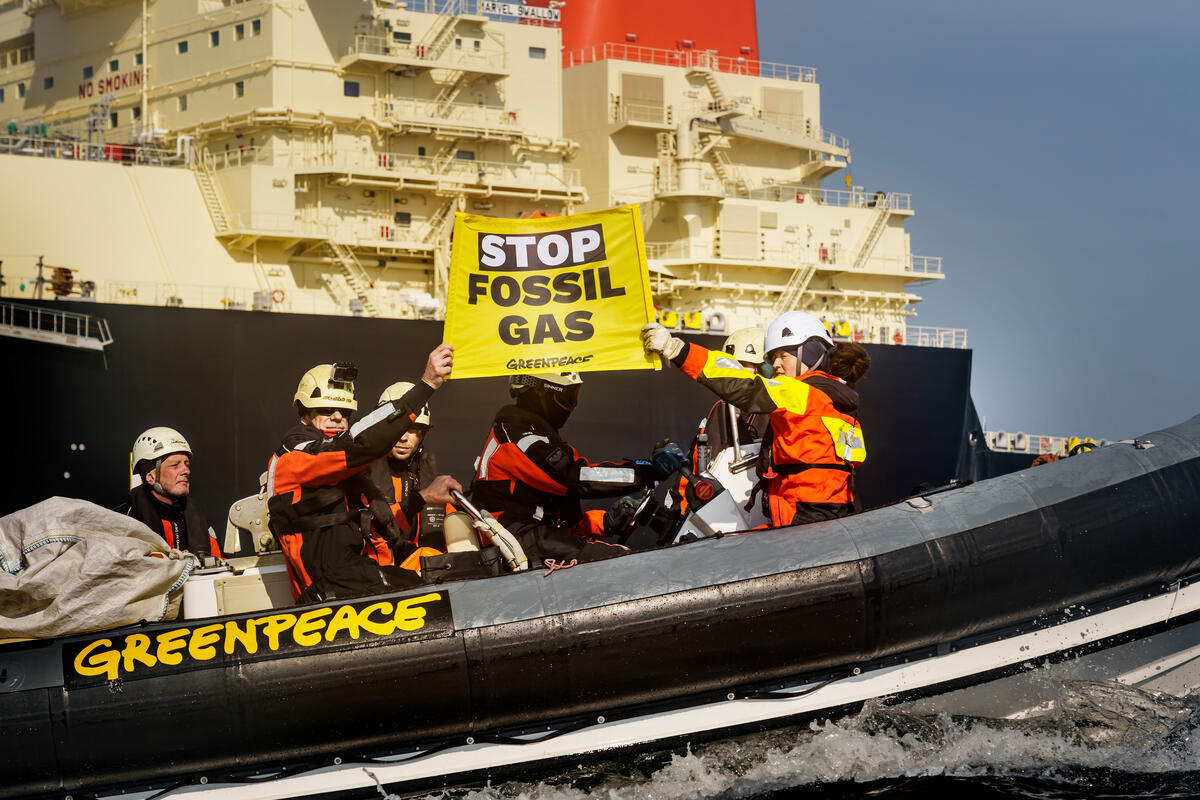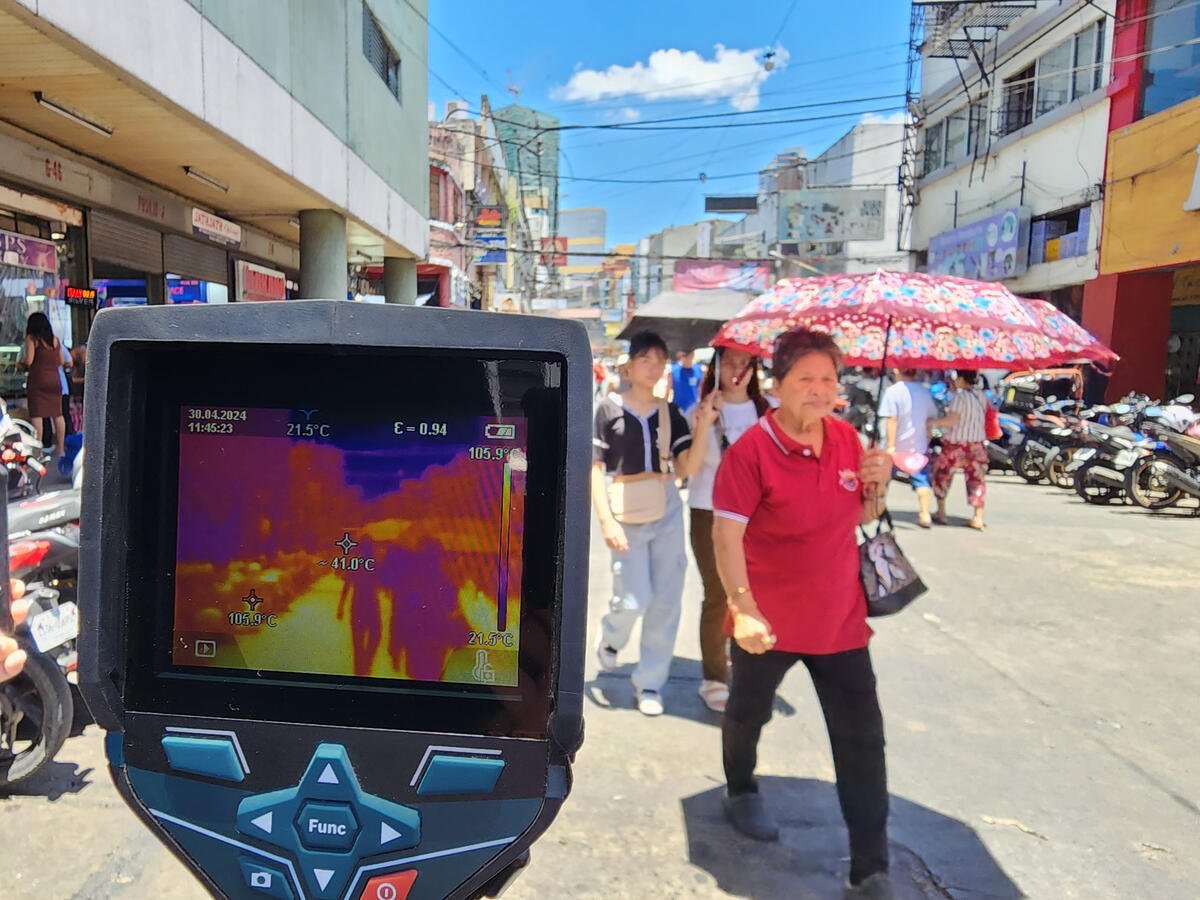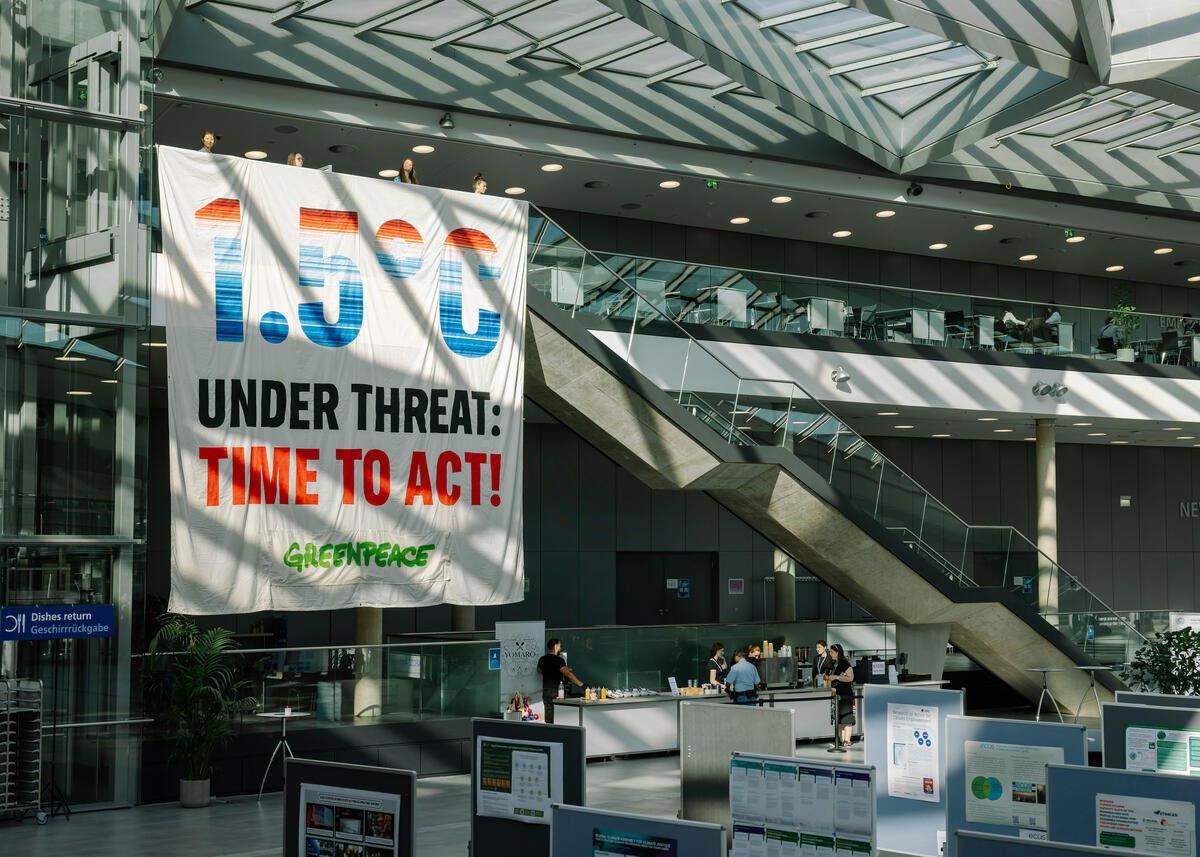What’s happened?
Thirty-five years on, while scientists are still studying the consequences of the Chornobyl disaster, governments and companies are laying foundations for new nuclear accidents.
Ranked as the worst nuclear disaster to date, Chornobyl is a quarter of a century older than Fukushima. But it still presents challenges that authorities haven’t figured out how to address. Technology to deal with the radioactive fuel that remains in the reactor doesn’t yet exist. A new sarcophagus was added in 2016 in an attempt to buy some time to invent new approaches.
Why does it matter?
Around five million people in Ukraine, Belarus and Russia still live in territories that are officially recognised as contaminated. People who live here constantly receive new doses of radiation, as documented in joint research produced by Greenpeace and Ukranian scientists. Methods to deactivate the contaminated areas either don’t exist, or – where there are usable technologies – the states do not have resources to deploy them.
Meanwhile, Chornobyl from time to time reminds us that it is still here and is still dangerous. And with climate change the danger only grows.
Last year huge forest fires raged in the exclusion zone. It was not for the first time. In 35 years, fires have broken out in the exclusion zone more than 1,500 times. But due to the unusual drought caused by climate breakdown, it was the largest fire since the exclusion zone was set up, covering a third of this sensitive area. At one point, only a kilometer separated the edge of the fire and the newly built sarcophagus.
Plumes from the fire stretched for tens of kilometres towards Ukraine’s capital Kyiv, fuelling fears that the smoke particles may raise radiation levels in the city. Fortunately, this did not happen, the radiation outside the exclusion zone remained at a low level deemed acceptable by the authorities. But firefighters had to work in the most contaminated areas of the zone where, according to press reports, radiation levels exceeded the background level by 16 times.

What needs to happen?
Firefighters need to have complete information on the radiation risks before they go to the contaminated areas. But the last study on this issue was done 20 years ago and since then the natural conditions have shifted. The climate crisis is causing more frequent droughts, ecosystems have changed and each fire has had an impact on the local environment.
This year, when the weather conditions allow it, the Institute with support from Greenpeace, will study a range of parameters that influence radiation doses during the fires.
The bigger picture
The fire experiment will provide the data needed to assess risks faced by firefighters. That’s crucial for protection of the individuals, their families and colleagues. But this is only one of the dangers caused by the nuclear disaster 35 years ago that still has to be dealt with. And who knows how much more scientists will discover in the future.
Even countries that have survived the horrors of this disaster on their soil continue to cling tenaciously to nuclear power. A new nuclear power plant is being built right now in Belarus. Russia not only builds stationary ones, but has launched a floating nuclear power plant – the ‘Akademik Lomonosov’ operated by Rosatom was immediately dubbed a ‘floating Chornobyl’. More than 30 countries around the world are still operating nuclear plants.
What’s needed now?
What the world really needs is for governments and companies to stop introducing new nuclear risks when we still cannot cope with the existing ones. The only way to do this is to phase out nuclear energy and switch to renewables as soon as possible.
Andrey Allakhverdov is a media coordinator at Greenpeace Russia
Correction 24/4: Reference to radiation outside the exclusion zone remaining at a safe level following fires in 2020 has been corrected to say that the low level was deemed acceptable by authorities.



